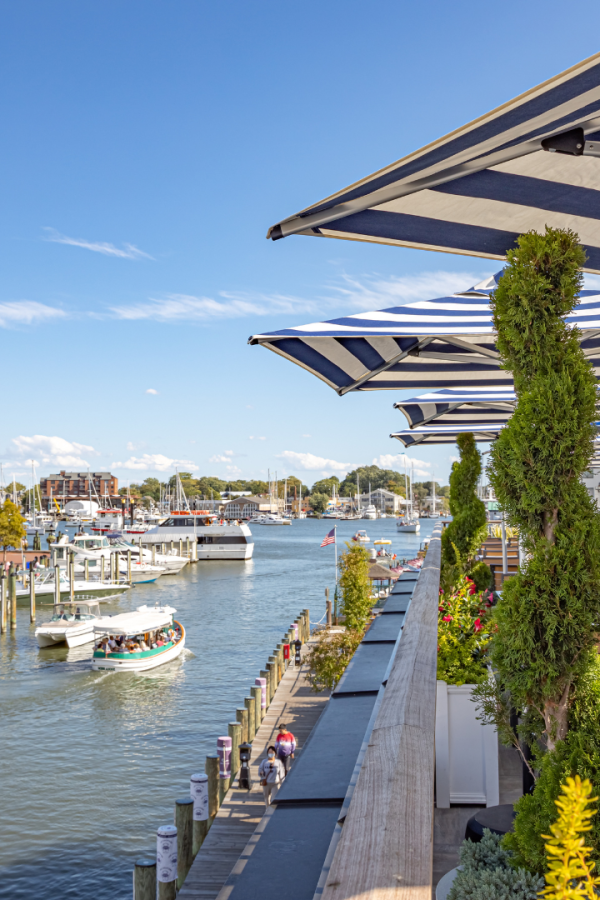EDGEWATER, MARYLAND—With more than 500 Camellia plants, Historic London Town and Gardens boasts one of the largest Camellia collections in Maryland. How did it arrive at such a large and varied collection? Dr. William Ackerman from the National Arboretum in Washington, DC used London Town as a test site for cold-hardy Camellias in the 1980s. The botanist planted an estimated 110 hybrid seedlings along the South River unprotected from the elements to see how they would withstand cold, harsh winters. The Londontown Blush is among the varieties that have survived and thrived at London Town for the past 35 years. So well has the flower fared at London Town, that it’s now available through nurseries. Truly the cold-hardy Camellia Ackerman had in mind, it’s not uncommon for the Londontown Blush to delight visitors to the historic site with beautiful blooms – even in January.
Garden enthusiasts will have the opportunity to purchase offshoots of London Town’s original Camellias during Historic London Town and Gardens’ Spring Plant Sale on Saturday, April 21 from 9:00 a.m. until 2:00 p.m. The event features plants from London Town’s horticultural collections, small trees and shrubs, natives, annuals and perennials. Among the herbaceous annuals and perennials available will be vegetables and herbs, Ferns, Maples, Magnolias, Azaleas and Rhododendrons, and flowering annuals in baskets and flats. For a complete listing, click here.
Plant lovers may want to set aside a few hours on Saturday to take in the beauty of spring at London Town. A stroll along the Camellia Walk will take them past the Londontown Blush as well as a host of spring Camellias. London Town’s ten acres of woodland and ornamental gardens include 500 Azaleas/Rhododendrons, 80 tree and herbaceous Peonies, 50 Magnolia trees, 30 Ilex trees, 100 Viburnum shrubs, 30 Cornus trees, 100 Helleborus, 250 Ferns, 500 Ephemerals and 200 Specimen trees, among others.
How did London Town’s beautiful, diverse gardens come to be? Founded in 1683, London Town was thriving working class colonial port town. The William Brown House was built as a tavern there in the 1760s. From the 1820s to 1965, it served as the county’s almshouse. In the 1970s, the house was recognized as a National Historic Landmark and the grounds were used as a county park. In the late 1960s, Tony Dove, then a graduate student with the University of Maryland, experimented with creating an ornamental garden featuring exotic species from around the world. After being hired as London Town’s first horticulturalist, Dove continued with his experimentations over the years. As was the case with Dr. Ackerman’s Camellia plantings of the 1980s, many of Dove’s plantings are flourishing to this day.
Historic London Town and Gardens is a 23-acre hidden treasure that is owned by Anne Arundel County and operated by the 501(c)(3) nonprofit London Town Foundation. Home to the William Brown House as well as reconstructed period buildings, it showcases the working class colonial experience with horticultural treasures during year-round programming for individuals of all ages on the banks of the South River.
For more information, contact Susan Seifried at SSeifried@VisitAnnapolis.org, or by phone at (410) 280-0445, ext. 303.









